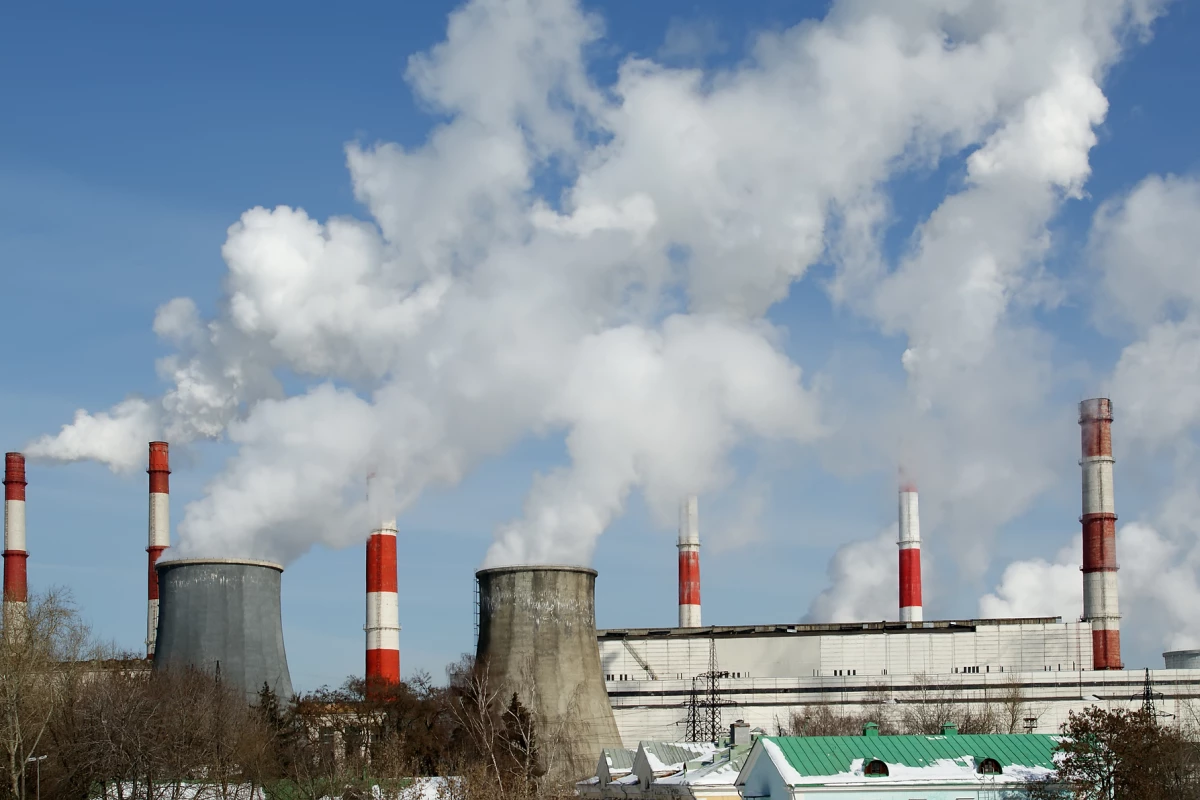As porous materials with incredibly high surface areas, metal-organic frameworks (MOFs) offer a huge degree of versatility that could see them used in alternative rocket fuels, advanced batteries and devices that quickly detect dangerous gases. Another area where they have real potential is in the field of carbon capture, which a team of researchers in Australia has demonstrated with a sponge-like device that adsorbs CO2 using just a third of the energy of other methods.
MOFs are made from metal ions fashioned into a crystalline structure to offer the largest surface area of any known material. It is said that the porous nature of MOFs would allow one the size of a teaspoon to accommodate the whole surface of a football field, a unique characteristic that offers incredible potential.
Scientists working on carbon capture and storage technologies have been looking to harness this potential for years, with some exciting advances being made. These MOFs can be crafted into 3D lattice structures with finely-tuned holes that trap CO2 while allowing other molecules to pass through, with advances making them cheaper and more efficient all the time.
The latest comes from researchers at Australia’s Monash University and the Commonwealth Scientific and Industrial Research Organisation (CSIRO), whose MOF, called M-74 CPT@PTMSP, features magnetic nanoparticles that make it function like a “magnetic sponge.” This combination enables it to adsorb CO2 from atmospheric sources using just one-third of the energy of any other reported method, according to the research team.
“Our research shows the lowest reported regeneration energy calculated for any solid porous adsorbent, including monoethanolamine, piperazine and other amines,” says Associate Professor Matthew Hill from the CSIRO. “This makes it a cheap method that can be paired with renewable solar energy to capture excess carbon dioxide from the atmosphere. Essentially, we can capture CO2 from anywhere. Our current focus is for capture directly from the air in what are known as negative emissions technologies.”
The energy cost of of the material is 1.29 MJ kg-1CO2, which the researchers claim is 45 percent lower than commercially available materials, and is the highest energy efficiency carbon capture and storage on record. The researchers were also able to demonstrate its stability over 20 consecutive capture and release cycles.
The research was published in the journal Cell Reports.
Source: Monash University




